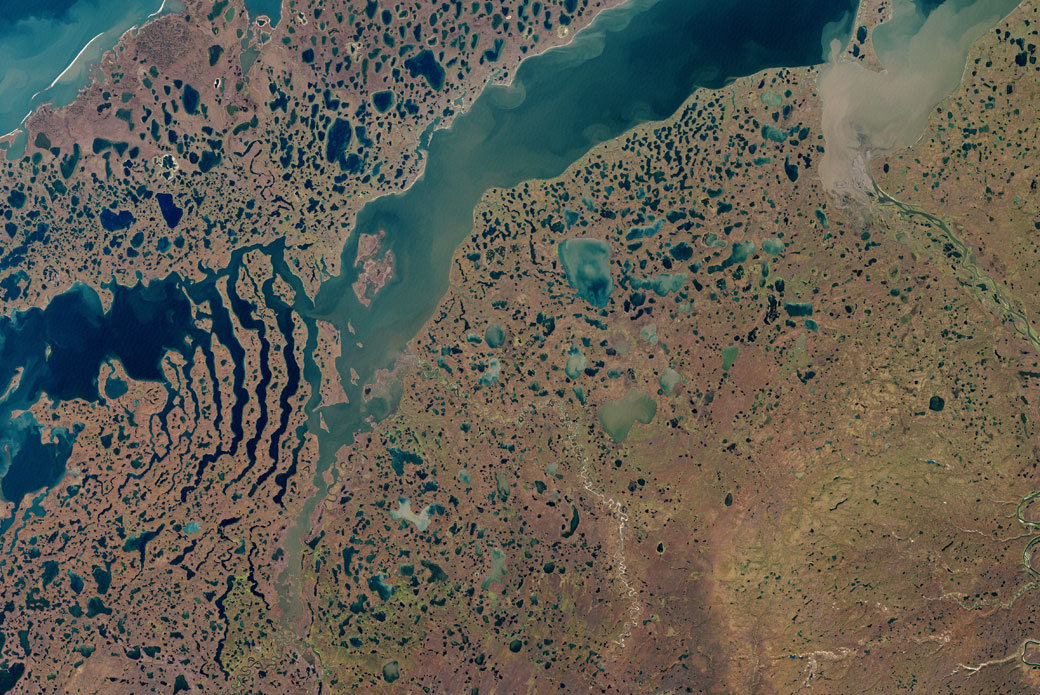TORONTO – Thawing permafrost in the Canadian Arctic is producing methane emissions, which are greatly underestimated in current climate models, researchers say.

The permafrost – ground that remains at 0 C continuously for at least two years – is slowly melting as Arctic temperatures rise.
When the permafrost melts, it creates depressions in the ground creating small ponds, releasing carbon reserves that had been stored in the permafrost for millennia.
Professor Isabelle Laurion from INRS’Eau Terre Environnement Research Centre and PhD student Karita Negandhi studied methane emissions together with other Canadian, American and French researchers and collected over three years of data.
“We discovered that although the small shallow ponds we studied represent only 44 per cent of the water-covered surface in a Bylot Island valley, they generate 83 per cent of its methane emissions,” said Negandhi.
Even the shape makes a difference as to how much methane is released.
Rounder ponds that researchers refer to as polygons, have lower emissions than long, skinny ponds. Ponds that have have more erosion are called rennell ponds.
- B.C. introduces legislation recognizing Haida Gwaii Indigenous title
- Whale experts confident B.C. orca calf will survive, find family if rescue plan succeeds
- Chemical plant shuts down after high benzene levels detected near Ontario First Nation
- Ontario takes action against chemical plant after Aamjiwnaang First Nation residents fell ill
“The way the permafrost is melting and how it thaws, these rennell ponds have so much more erosion, and we don’t know for sure yet, why. It’s probably due to the way the ice is melting…with more of that erosion, you get more carbon that is liberated,” said Negandhi.
Just how microbes are using the carbon was not understood.
The Arctic is one of the largest methane stores on the planet.
As for including it in climate models, Negandhi said, “It’s not in the carbon budget. It could be a big source or it may not be.”
The researchers are hoping that more research into the ponds will be further examined.
The findings were published in the journal PLOS One.




Comments